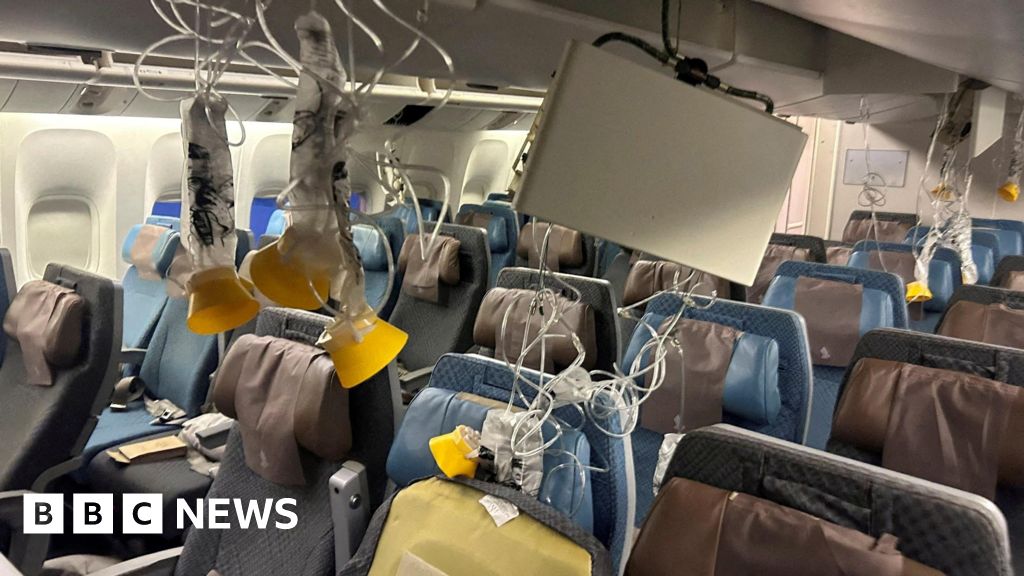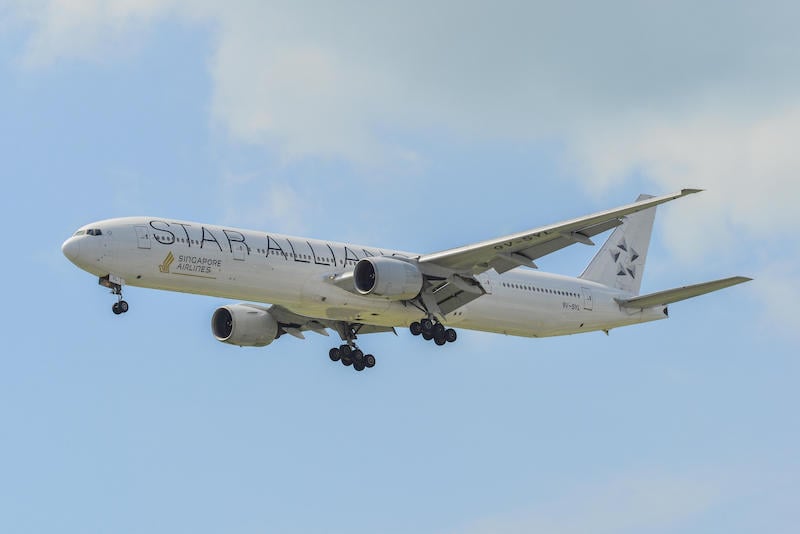
In a dramatic turn of events, Singapore Airlines flight SQ321 experienced severe turbulence over Myanmar, resulting in an altitude drop of approximately 178 feet (54 meters) in just 4.6 seconds. The rapid changes in gravitational force likely caused injuries to those not wearing seatbelts during the chaotic ordeal. One passenger, Geoff Kitchen, tragically died from a suspected heart attack during the turbulence, while dozens more were left injured. The flight encountered turbulence while passing over south Myanmar at an altitude of 37,000 feet (11,300 meters).
Investigations by the Transport Safety Investigation Bureau found that the turbulence was likely caused by developing convective activity. The flight, a Boeing 777-300ER aircraft, was carrying approximately 171 passengers and 18 crew members at the time of the incident. Singapore Airlines is supporting affected passengers and crew with medical and hospital expenses.
The rapid change in gravitational force, which caused injuries to many on board, occurred when the aircraft experienced a shift from +1.35G to -1.5G over 4.6 seconds during the severe turbulence. This sequence of events likely caused the injuries to the crew and passengers on Singapore Airlines flight SQ321, which was en route from London to Singapore when the incident occurred.
Singapore Airlines is fully cooperating with authorities in their investigations into the incident, and has committed to supporting passengers and crew members who were on board during that day, as well as their families and loved ones. This includes covering their medical and hospital expenses, as well as any additional assistance they may need. In light of this incident, Singapore Airlines has also adopted a more cautious approach to managing turbulence in-flight, discontinuing its meal service when the seat belt sign is on.
The airline industry is constantly working to ensure passenger safety and minimize the risks associated with flying. However, severe weather conditions like developing convective activity can cause unexpected incidents such as this one. It's crucial for airlines to remain vigilant and responsive in these situations, prioritizing the safety and well-being of their passengers and crew.}


